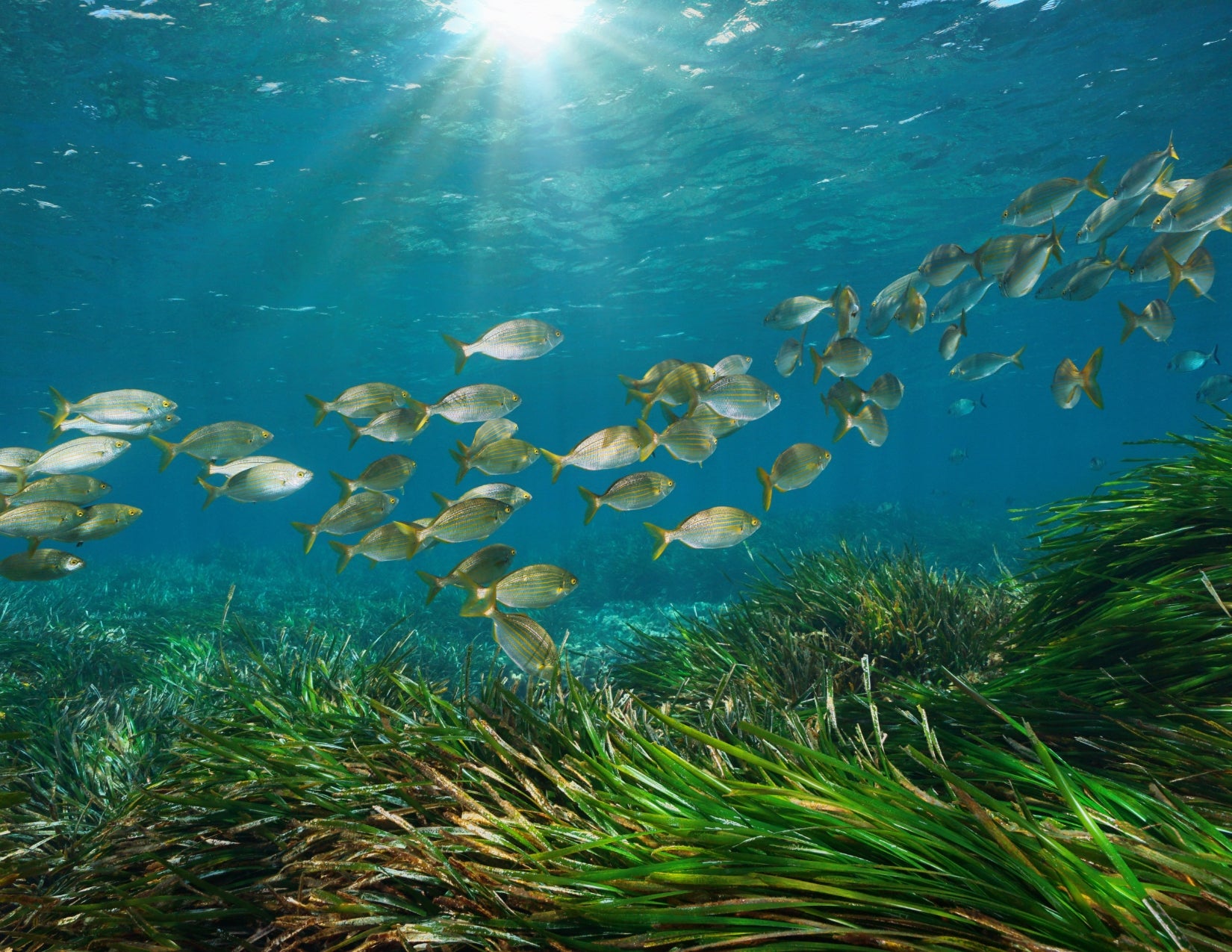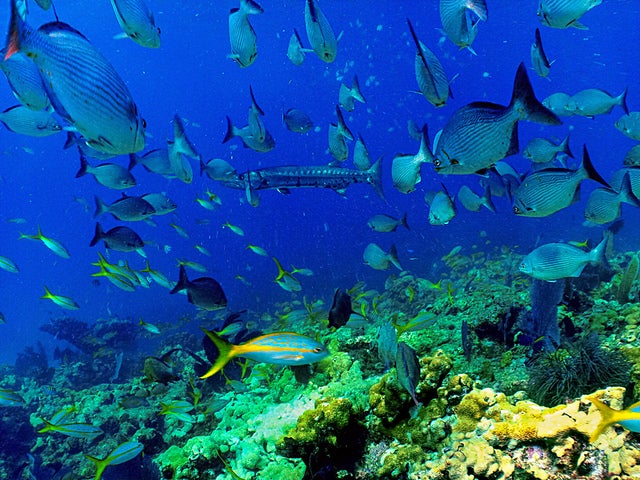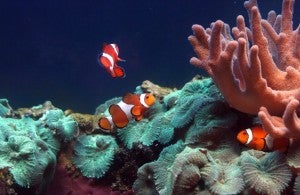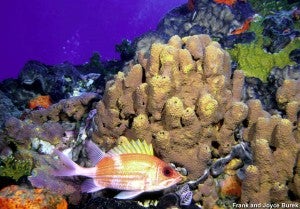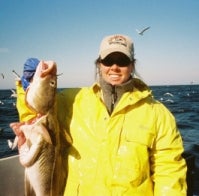As the New England Fishery Management Council completes its spring meeting today, Council members, staff and other stakeholders will head back to their homes and offices thinking about implementation of the various decisions made during the three-day meeting.
Thanks to a new report released during the Council meeting, the fisheries community in New England will also be thinking about broader steps needed to improve the overall effectiveness of our fisheries management system. The study behind the report was led by Preston Pate, a former member of the Atlantic States Marine Fisheries Commission and former Director of the North Carolina Division of Marine Fisheries, who presented its findings to the Council alongside Assistant Administrator for NOAA Fisheries, Eric Schwaab.
A review of the management system was requested by Council chair John Pappalardo, a Chatham fisherman and CEO of the Cape Cod Commercial Hook Fishermen’s Association, and subsequently initiated by NMFS. Strong support for both the spirit and recommendations of the report was expressed by Mr. Pappalardo and the Council, as well as Mr. Schwaab and NOAA Fisheries.
Media outlets across New England quickly covered the findings and recommendations in the report, with clear and perhaps unsurprising emphasis on the negative outcomes. And that emphasis is warranted, for although the report notes a considerable number of positive attributes of the region’s management system, the effectiveness of those elements is compromised by the negatives.
But let’s pause and take pride in what is working well in New England, and then get down to business of fixing what is not working well.
In fact, several of the positives identified in the report represent steps already underway toward rectifying the negatives. For example, the important role that managers of the 17 groundfish harvest cooperatives, i.e., “sectors”, are playing in improving collaboration and communication with management was highlighted as an encouraging recent development. This is a development that is making progress toward rectifying one of the major areas needing improvement within NMFS: better outreach and communication with industry. We should think creatively about how to make sector managers more effective in filling that role, and support them in doing so.
The report also identified cooperative research as a positive attribute of the regional management system that provides important information for management, and improves relationships among industry members, scientists and managers. Therefore, increasing cooperative research opportunities is another important strategy for improving the communication and trust deficiencies identified in the report.
The report also highlighted two challenges faced by fisheries management in New England more so than any region in the U.S.: Geography and history. The area under the jurisdiction of the New England Council has relatively high population density, and consequently high anthropogenic impacts, in the coastal region. Also, although the region is comparatively small, it includes four coastal states, so that the number of political and regulatory jurisdictions involved are relatively high compared to other regions.
Our history not only makes successful fisheries management in New England more challenging, but in some ways more important. The fishing traditions in New England are key components of our regional identity and our national heritage. Successes in the region are therefore especially symbolic nationally, and following the roadmap requested by Mr. Pappalardo, made possible by Mr. Schwaab, and delivered by Mr. Pate can help ensure greater success toward recovering and strengthening our invaluable fishing heritage moving forward.
Jake Kritzer is EDF’s Senior Marine Scientist for the New England and Mid-Atlantic regions. He is also Vice-Chair of the New England Fishery Management Council’s Scientific and Statistical Committee, among other advisory appointments.










